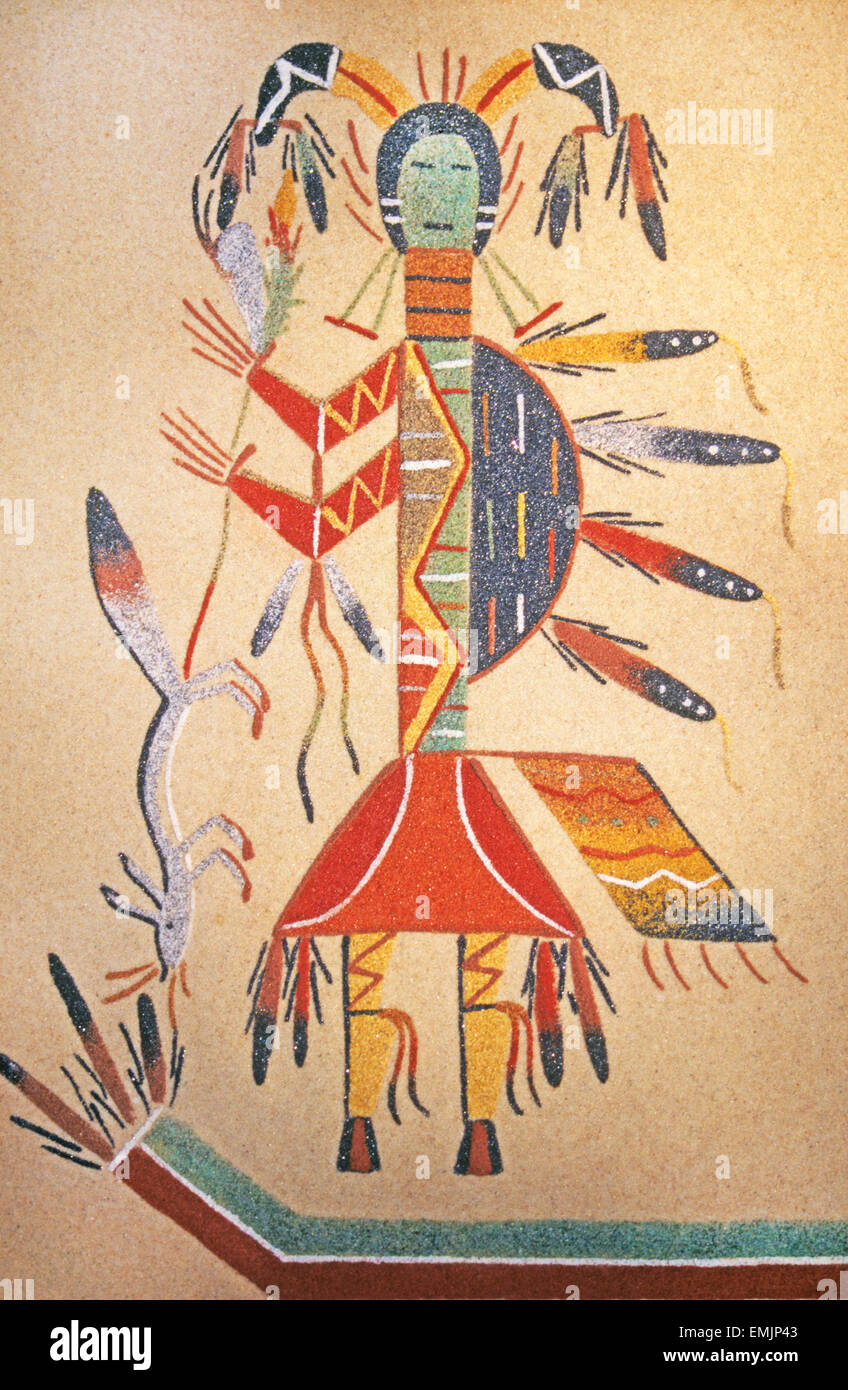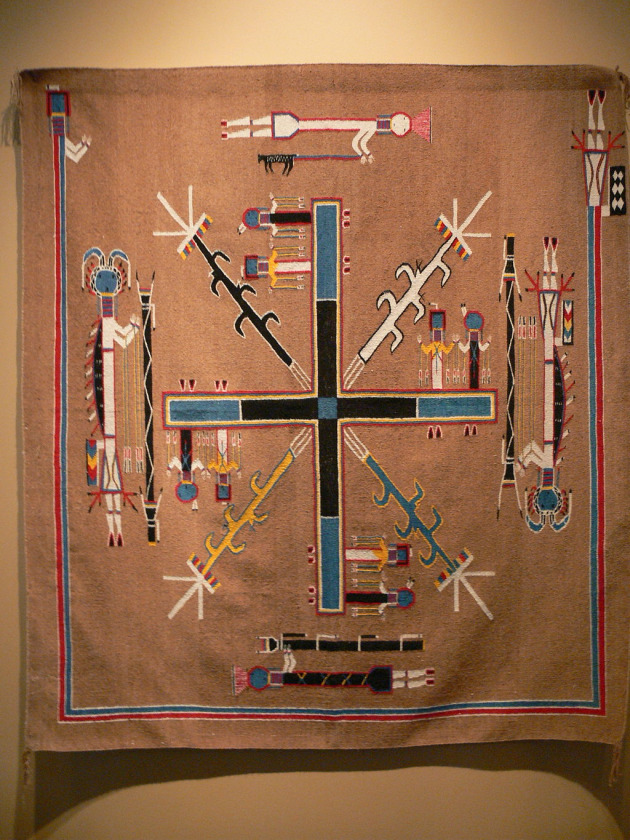
Beyond Adornment: A Comprehensive Guide to Supporting Navajo Traditional Artists
The vibrant artistry of the Navajo Nation, known to themselves as the Diné, is more than mere decoration; it is a living chronicle of their history, spirituality, and resilience. From the intricate geometry of a hand-woven rug to the gleaming silver and turquoise of a squash blossom necklace, each piece tells a story, carrying generations of knowledge, skill, and cultural identity. Yet, these master artists, the custodians of these invaluable traditions, often face profound challenges in a modern market saturated with exploitation, counterfeits, and a lack of direct access. Supporting Navajo traditional artists is not just an act of commerce; it is an investment in cultural preservation, economic empowerment, and the continuation of a legacy that enriches the entire world. This article outlines concrete, actionable ways to ensure these traditions thrive.
The Irreplaceable Value of Diné Artistry
Navajo art forms are diverse, each requiring years of dedication and mastery. Weaving, perhaps the most iconic, transforms raw wool into narrative tapestries, where patterns and colors are imbued with meaning. Silver-smithing, introduced in the mid-19th century, evolved into a distinct Diné style, often incorporating locally sourced turquoise. Pottery, basketry, and carving also hold deep cultural significance, often used in ceremonies or for practical purposes, all while embodying aesthetic beauty.
These artistic practices are not simply learned skills; they are passed down through families, carrying spiritual significance and connection to the land. As renowned Navajo weaver D.Y. Begay explains, "When you weave, you are doing more than just creating a pattern; you are weaving your prayers, your thoughts, your spirit into the rug." This intimate connection to the art means that when an artist is supported, an entire lineage of knowledge is sustained. However, this profound value is often overlooked in a market driven by price rather than authenticity and cultural integrity.
The Gauntlet of Challenges: Why Support is Crucial

Navajo artists, like many Indigenous artists, navigate a complex landscape fraught with economic precarity. A primary threat is the proliferation of counterfeit Native American art. The Indian Arts and Crafts Act of 1990 makes it illegal to market items as "Indian-made" when they are not, but enforcement remains a persistent challenge. Tourists and consumers, often unknowingly, purchase mass-produced items made overseas or by non-Native individuals, diverting crucial income from genuine artists. This not only undermines the economic stability of artists but also cheapens the cultural significance of their work.
Beyond fakes, artists often struggle with fair compensation. Middlemen, unethical dealers, and pawn shops can exploit artists, offering meager prices for labor-intensive pieces. Many artists live in remote areas of the Navajo Nation, making direct market access difficult and costly. The internet offers potential, but navigating e-commerce, marketing, and shipping can be overwhelming for those focused on their craft and often lacking robust digital infrastructure or training. The economic impact of the COVID-19 pandemic further exacerbated these issues, severely limiting tourism and the cultural markets artists rely upon.
Direct Action: How to Authentically Support Navajo Artists
Supporting Navajo artists requires conscious effort, informed choices, and a commitment to ethical consumption. Here’s how you can make a tangible difference:
1. Buy Directly from the Artist:
This is the most impactful way to support. When you buy directly, 100% of your money goes to the artist, ensuring fair compensation for their skill, time, and materials.
- Visit the Navajo Nation: If possible, visit cultural events, art markets, and trading posts on the reservation. Many artists sell their work directly from their homes or small studios. Engaging with the artist allows you to hear their story, understand their process, and forge a deeper connection to the art.
- Online Platforms: Seek out artists who sell directly through their own websites, Etsy shops, or social media channels (e.g., Instagram, Facebook). Many artists are creating online presences, and a quick search for "Navajo artist " can yield results. Look for evidence that the profile is genuinely run by the artist or their family.
- Cultural Festivals & Art Shows: Attend Native American art markets and festivals across the country (e.g., Santa Fe Indian Market, Heard Museum Guild Indian Fair & Market). These events provide direct access to hundreds of artists.

2. Purchase from Reputable Galleries and Dealers:
If buying directly isn’t feasible, choose galleries and dealers with a proven track record of ethical practices and transparent dealings.
- Look for Transparency: A reputable dealer will be able to tell you the artist’s name, their background, the materials used, and the story behind the piece. They should also be transparent about how much of the purchase price goes back to the artist.
- Certification and Provenance: Ask for a certificate of authenticity. While not universally available, many high-end pieces come with documentation. Good dealers will also have a strong understanding of the Indian Arts and Crafts Act and adhere to its guidelines.
- Avoid "Pawn Shops" and Flea Markets: While some legitimate pieces might pass through these venues, they are also rife with fakes and often represent situations where artists received unfair compensation due to economic duress.
3. Educate Yourself on Authenticity and Value:
Becoming an informed consumer is your best defense against inadvertently supporting unethical practices.
- Learn About Art Forms: Understand the characteristics of authentic Navajo weaving, silversmithing, pottery, etc. Learn to distinguish between machine-made and handmade, genuine turquoise and treated or imitation stones.
- Question Low Prices: If a piece of "Navajo" jewelry or a "Navajo" rug seems incredibly cheap, it’s likely a counterfeit or mass-produced item. True handmade traditional art requires immense skill, time, and quality materials.
- Visit Museums: Major museums with Native American art collections (e.g., National Museum of the American Indian, Heard Museum, Museum of Northern Arizona) offer invaluable learning opportunities about traditional styles, materials, and master artists.
4. Advocate for Policy and Enforcement:
The Indian Arts and Crafts Act is a critical tool, but it needs consistent enforcement.
- Report Fakes: If you encounter items being misrepresented as Native-made, report them to the Indian Arts and Crafts Board (IACB) or local law enforcement. Your vigilance helps protect artists and consumers alike.
- Support Legislation: Advocate for stronger protections for Indigenous intellectual property rights and increased funding for programs that support Native artists.
5. Support Non-Profit Organizations:
Numerous organizations are dedicated to preserving and promoting Native American arts.
- First Peoples Fund: This organization focuses on supporting Indigenous artists and cultural bearers, providing grants, training, and resources.
- Southwest Association for Indian Arts (SWAIA): Organizers of the Santa Fe Indian Market, SWAIA provides crucial market access and educational programs.
- Museum Programs: Many museums have dedicated programs or funds to support contemporary Indigenous artists, including residencies, exhibitions, and purchasing programs. Donations to these organizations have a ripple effect.
6. Respect the Art and the Artist:
Beyond financial transactions, fostering a respectful relationship with the art and its creators is paramount.
- Don’t Haggle Aggressively: While bargaining might be customary in some markets, remember the immense labor and cultural value behind each piece. Offering a fair price shows respect for the artist’s work and their livelihood.
- Understand Cultural Significance: Some pieces may have specific cultural or spiritual meaning. Approach them with reverence and an openness to learn.
- Avoid Appropriation: Do not attempt to replicate traditional designs for personal profit or use them in ways that disrespect their cultural origins. True appreciation means honoring the source.
The Enduring Legacy
By consciously choosing to support Navajo traditional artists, we do more than just acquire beautiful objects. We contribute to the economic stability of families and communities on the Navajo Nation, empowering them to sustain their cultural practices. We help preserve ancient techniques and knowledge that might otherwise be lost. We foster cross-cultural understanding and appreciation, recognizing the profound contributions of Indigenous peoples to global art and heritage.
The act of supporting a Navajo artist is an affirmation of their right to self-determination, their enduring creativity, and the invaluable role their art plays in telling the story of a resilient people. It is a tangible way to honor the past, celebrate the present, and ensure a vibrant future for Diné artistry for generations to come.


